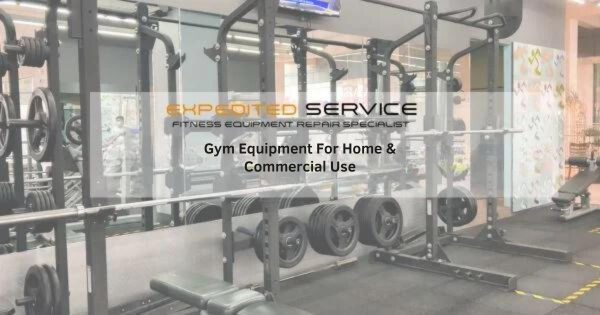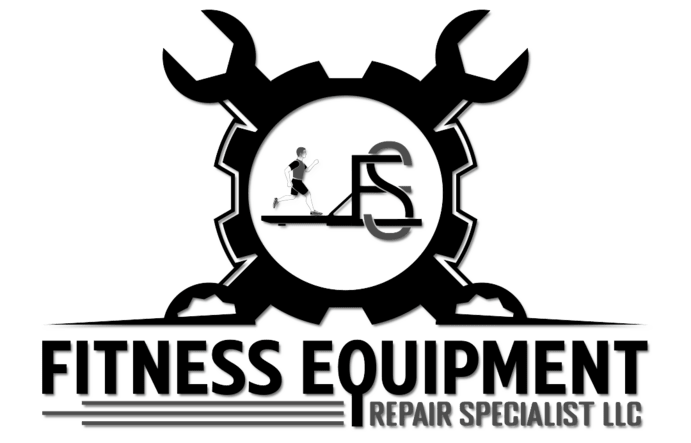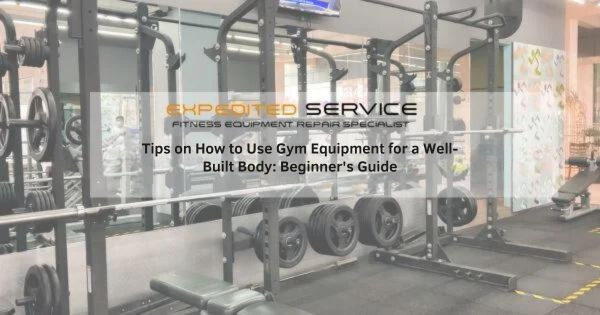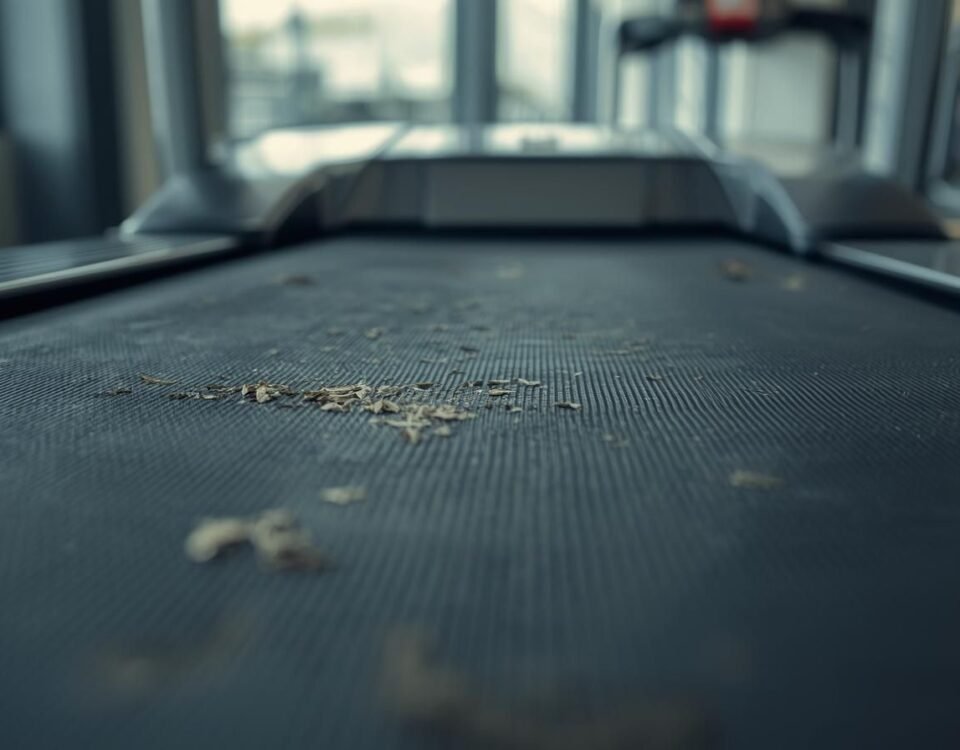
Gym Equipment For Home & Commercial Use
June 3, 2024
The 20 Workout Machines Your Gym Must Have
June 4, 2024Embarking on a fitness journey can be daunting, especially for beginners unfamiliar with gym equipment. However, understanding how to use gym equipment properly is crucial for building a well-toned and muscular physique. This comprehensive guide aims to provide essential tips and insights to maximize your gym workouts and achieve your fitness goals. By setting SMART goals you can stay motivated and track your progress effectively. Creating a balanced workout routine ensures you work all major muscle groups while preventing overtraining. Learning proper form is vital for preventing injuries and maximizing exercise effectiveness.
Also, incorporating a proper warm-up and cool-down routine helps prepare your body for workouts and reduce muscle soreness. Tracking your progress, maintaining a balanced diet, staying hydrated, and listening to your body for rest and recovery are all crucial components of a successful fitness journey. With dedication and persistence, you can transform your body and enjoy the benefits of a fit and healthy lifestyle.
Understanding The Basic Types Of Gym Equipment
Before Looking into the tips, it’s crucial to familiarize yourself with the basic types of gym equipment you’ll encounter:
- Cardio Machines: These include treadmills, stationary bikes, ellipticals, and rowing machines. They are primarily used for cardiovascular exercises, which improve heart health and aid in fat loss.
- Strength Training Machines: These machines target specific muscle groups and include leg presses, chest presses, lat pulldowns, and cable machines.
- Free Weights: Dumbbells, barbells, and kettlebells fall into this category. They allow for a wide range of exercises and require the use of stabilizing muscles.
- Benches and Racks: Used in combination with free weights, benches and racks facilitate exercises like bench presses, squats, and deadlifts.
- Accessory Equipment: This includes resistance bands, medicine balls, and stability balls, which are used for a variety of exercises to enhance strength, flexibility, and balance.
Setting SMART Goals For Your Fitness Journey
Setting goals is the first step in your fitness journey. SMART goals are Specific, Measurable, Achievable, Relevant, and Time-bound. For example, instead of setting a vague goal like “I want to get stronger,” set a SMART goal like “I want to increase my bench press by 20 pounds in three months.” This clear target helps maintain motivation and allows you to track progress effectively.
Creating a Well-Structured Workout Routine
A well-structured workout routine is essential for balanced muscle development and avoiding overtraining. Here’s a simple weekly plan for beginners:
|
Day 1: Full Body Strength Training |
Squats (3 sets of 10 reps)
Bench Press (3 sets of 10 reps) Bent-over Rows (3 sets of 10 reps) Shoulder Press (3 sets of 10 reps) Plank (3 sets of 30 seconds) |
| Day 2: Cardio and Core | 30 minutes of steady-state cardio (treadmill, bike, or elliptical)
Russian Twists (3 sets of 15 reps per side) Bicycle Crunches (3 sets of 15 reps per side) |
| Day 3: Rest or Active Recovery | Light stretching or yoga |
| Day 4: Upper Body Strength Training | Pull-ups or Lat Pulldowns (3 sets of 10 reps)
Dumbbell Bench Press (3 sets of 10 reps) Dumbbell Rows (3 sets of 10 reps per side) Lateral Raises (3 sets of 12 reps) Bicep Curls (3 sets of 12 reps) |
| Day 5: Lower Body Strength Training | Deadlifts (3 sets of 10 reps)
Lunges (3 sets of 12 reps per leg) Leg Press (3 sets of 10 reps) Calf Raises (3 sets of 15 reps) Leg Curls (3 sets of 12 reps) |
| Day 6: Cardio and Flexibility | 30 minutes of high-intensity interval training (HIIT)
Stretching routine focusing on all major muscle groups |
| Day 7: Rest |
Learning Proper Form and Technique |
Proper form is crucial for preventing injuries and maximizing the effectiveness of your workouts. Here are some tips on how to maintain proper form for common exercises:
- Squats: Keep your feet shoulder-width apart, back straight, and knees behind your toes as you lower your body.
- Bench Press: Keep your feet flat on the ground, lower the bar to your chest in a controlled manner, and avoid bouncing the bar off your chest.
- Deadlifts: Maintain a neutral spine, engage your core, and lift with your legs rather than your back.
- Lat Pulldowns: Pull the bar to your chest, squeeze your shoulder blades together, and avoid using momentum to lift the weight.
Proper Warm-Up and Cool Down Workouts Routine
Warming up before and cooling down after your workouts are essential steps that should not be skipped. A proper warm-up prepares your body for the physical activity ahead by increasing blood flow to your muscles and reducing the risk of injury. Here’s a simple warm-up routine:
- 5-10 minutes of light cardio (e.g., jogging or jumping jacks)
- Dynamic stretches (e.g., leg swings, arm circles, and torso twists)
After your workout, a cool-down helps gradually lower your heart rate and relax your muscles, reducing post-exercise muscle soreness. Here’s a basic cool-down routine:
- 5-10 minutes of light cardio (e.g., walking)
- Static stretches (hold each stretch for 20-30 seconds)
Tracking Your Progress to stay motivated and adjust your workout plan
Monitoring your progress is vital to staying motivated and making necessary adjustments to your workout plan. Keep a workout journal or use a fitness app to log the weights used, reps performed, and how you felt during each session. Regularly reviewing this information can help you identify patterns, track improvements, and set new goals.
Proper Nutrition and Hydration For Your Workouts Plan Support
Proper nutrition and hydration are critical components of building a well-toned body. Ensure you consume a balanced diet rich in protein, healthy fats, and complex carbohydrates. Protein is essential for muscle repair and growth, so include sources like chicken, fish, eggs, beans, and tofu in your diet. Carbohydrates provide energy for your workouts, while healthy fats support overall health.
Staying hydrated is equally important. Drink water before, during, and after your workouts to maintain optimal performance and recovery! It’s important to listen to your body and recognise when you need to rest. Overtraining can lead to injuries and burnout. Ensure you get adequate sleep and incorporate rest days into your workout routine to allow your muscles to recover and grow.
If you’re new to the gym or unsure about your form and technique, consider seeking guidance from a certified personal trainer. A trainer can provide personalised workout plans, demonstrate proper form, and offer valuable feedback to help you achieve your fitness goals safely and effectively. Building a well-toned body takes time and consistency. It’s important to stay committed to your routine and be patient with your progress. Celebrate small victories along the way and don’t get discouraged by setbacks. Consistency is key to achieving long-term results.
Conclusion – Using Gym Equipment for a Well-Built Body
Using gym equipment effectively is crucial for building a well-toned and muscular body. By setting SMART goals, creating a balanced workout routine, learning proper form, and staying consistent, you can maximise your gym experience and achieve your fitness objectives. Remember to warm up before and cool down after your workouts, track your progress, maintain proper nutrition and hydration, listen to your body, and seek professional guidance when needed. With dedication and persistence, you can transform your body and enjoy the many benefits of a fit and healthy lifestyle.
Always start lifting light weights and increase from there slowly. It’s always better to lift less and avoid injury! You should also devise a plan for your workout before hitting the gym, so you know what equipment you’ll be using and can feel confident ahead of each session. Don’t rush yourself. Whatever type of gym equipment you use, start with a comfortable weight so you can perform the exercise properly. Usually, you should aim to complete three sets of 10 reps for strength training machines. Once you can, start gradually increasing the weight as part of your weekly gym routine.
Additionally, ensure your gym equipment is in top condition by regularly scheduling maintenance or contacting NJ fitness equipment repair services to prevent any potential injuries or interruptions to your workout routine.
Frequently Asked Questions
Which exercise equipment at the gym works your entire body?
The rowing machine and cable machines offer full-body workouts by engaging multiple muscle groups simultaneously.
Which exercise equipment is ideal for bulking up?
Free weights, such as barbells and dumbbells, are ideal for bulking up as they allow for progressive overload and target multiple muscle groups.
Does utilizing gym equipment make sense?
Yes, utilizing gym equipment can enhance your workouts by providing resistance and targeting specific muscle groups effectively.
Can I get muscle by going to multiple gyms?
Yes, you can build muscle by going to multiple gyms as long as you follow a consistent workout routine and progressive overload principle.
Is 50 kg multi gym sufficient?
A 50 kg multi gym can be sufficient for beginners and intermediate users to perform various exercises and build muscle.
Will daily gym visits result in an increase in strength?
Yes, regular gym visits can increase strength, but it’s important to include rest days to allow for muscle recovery and growth.



